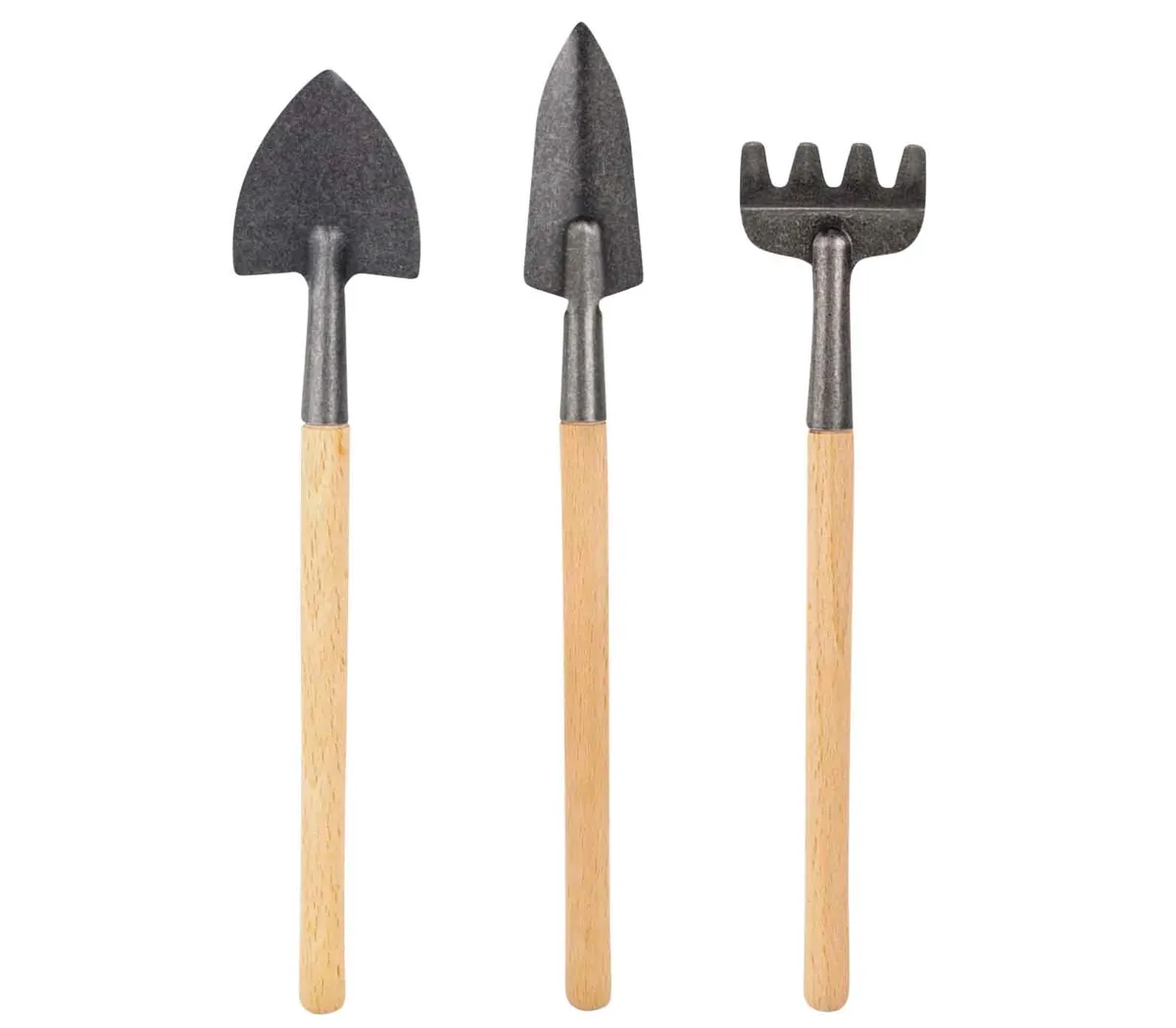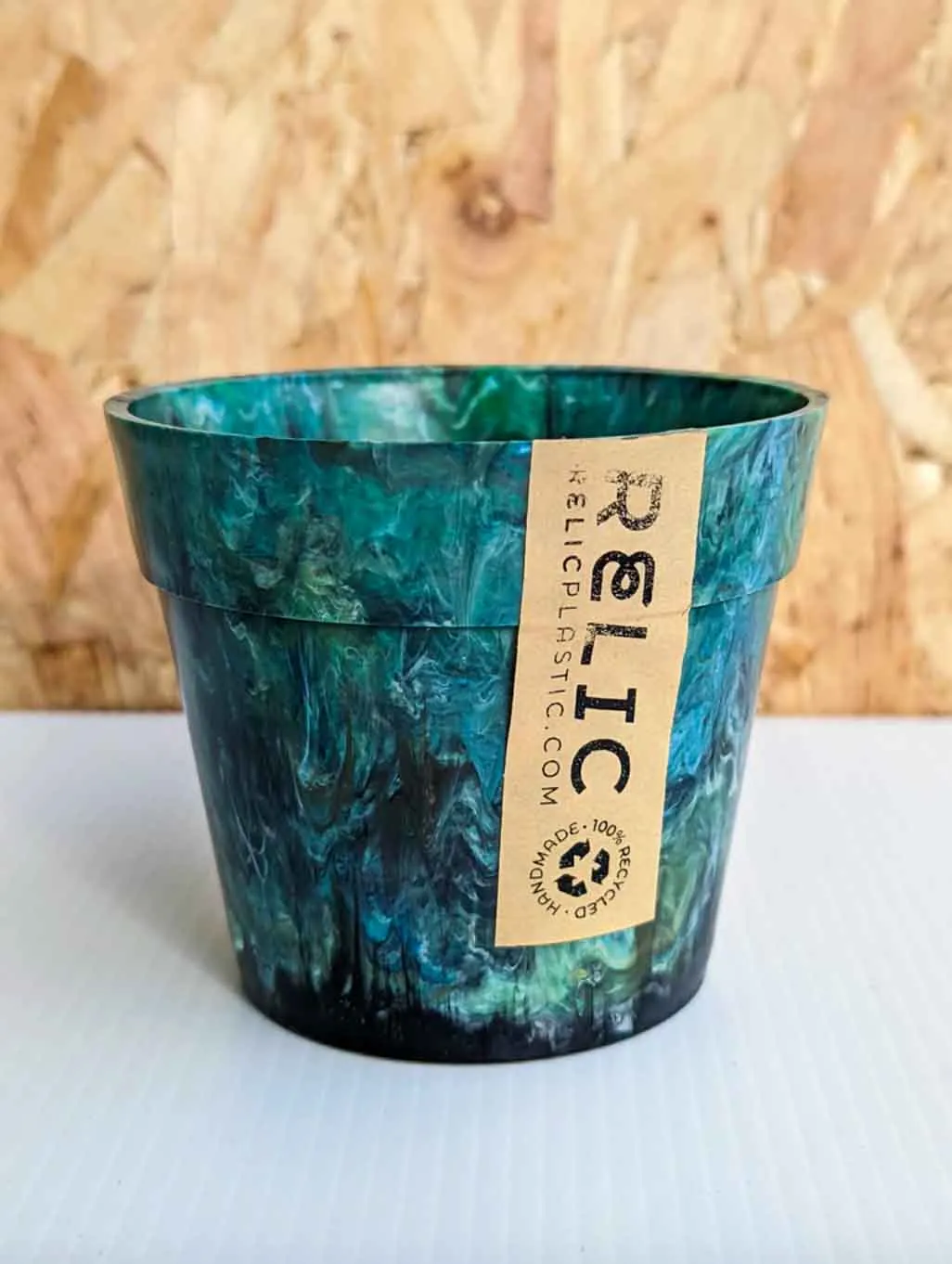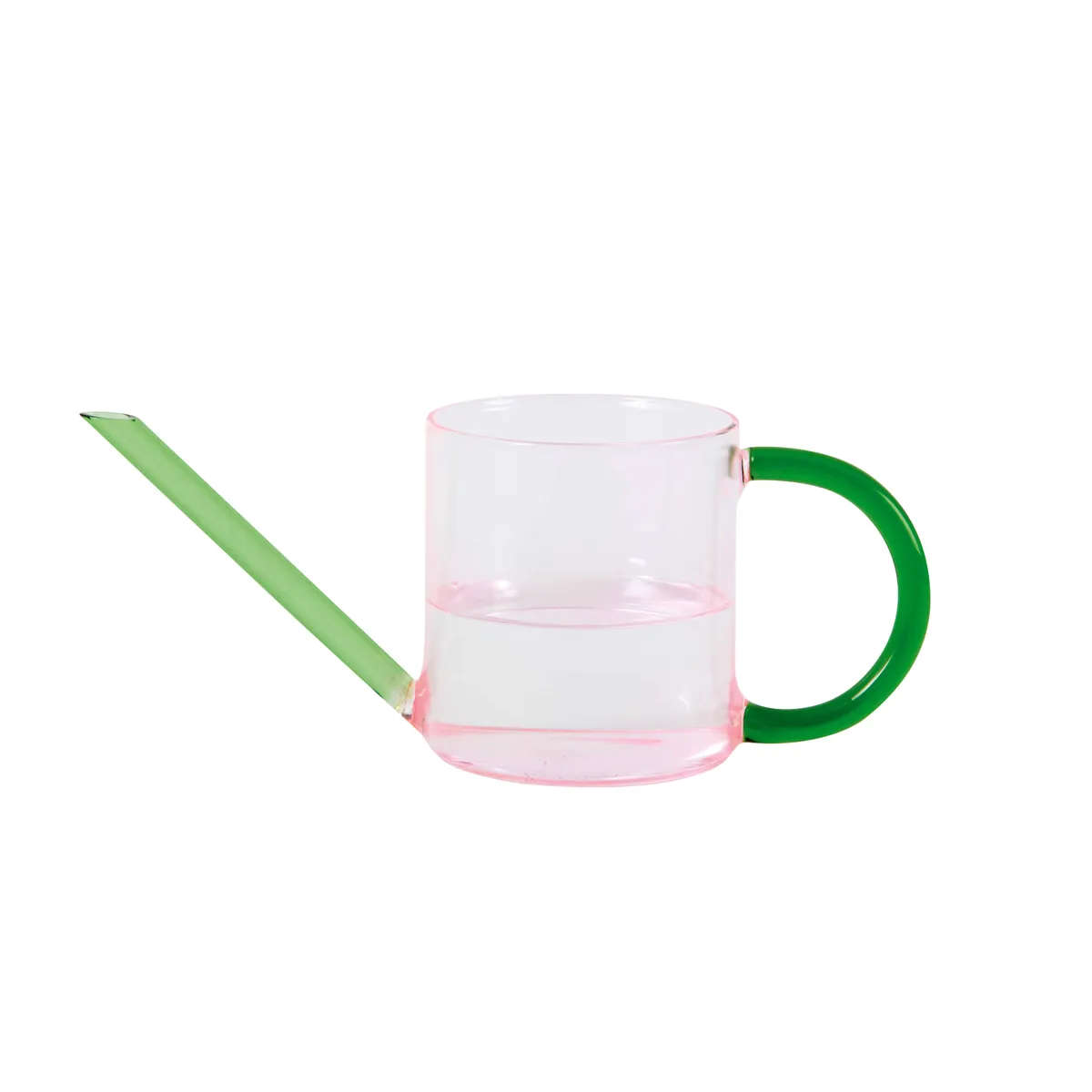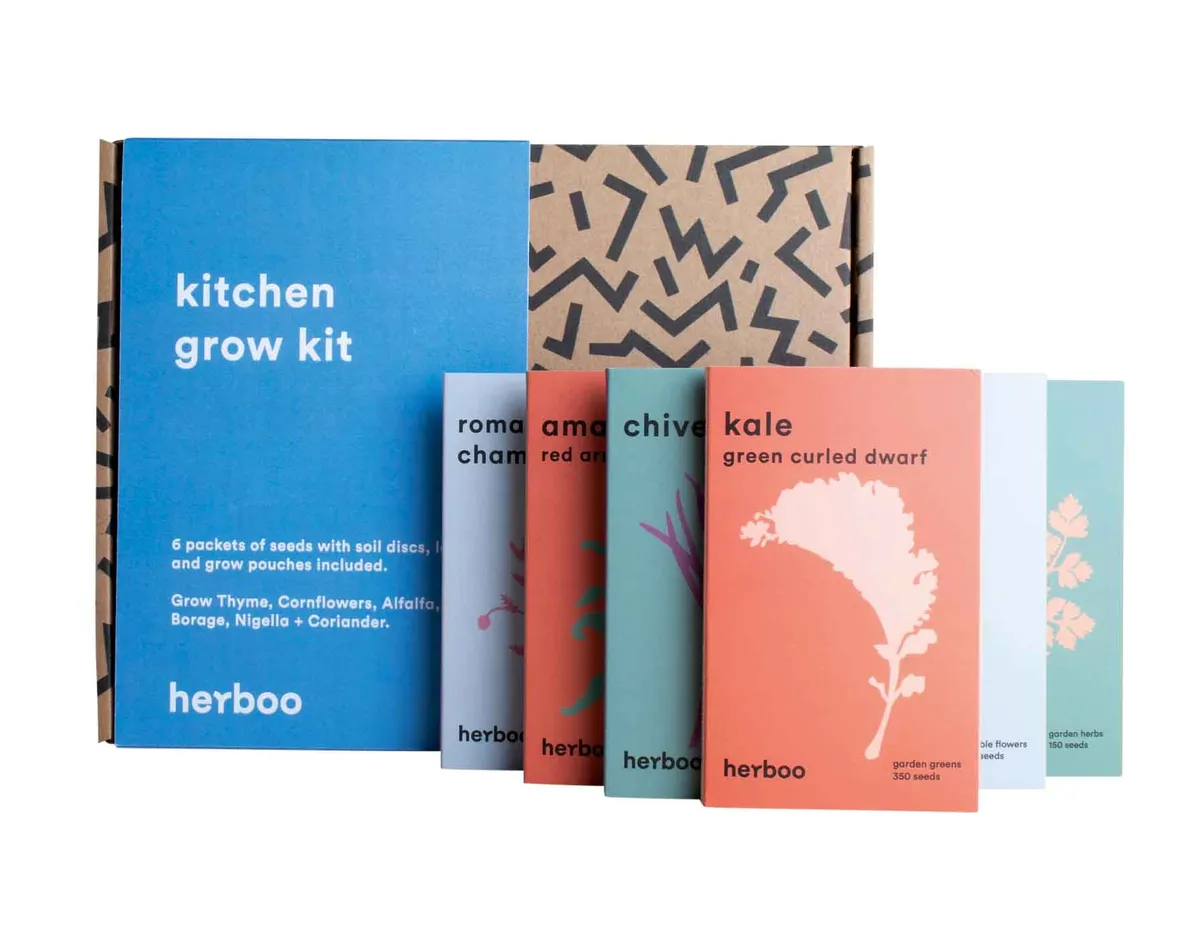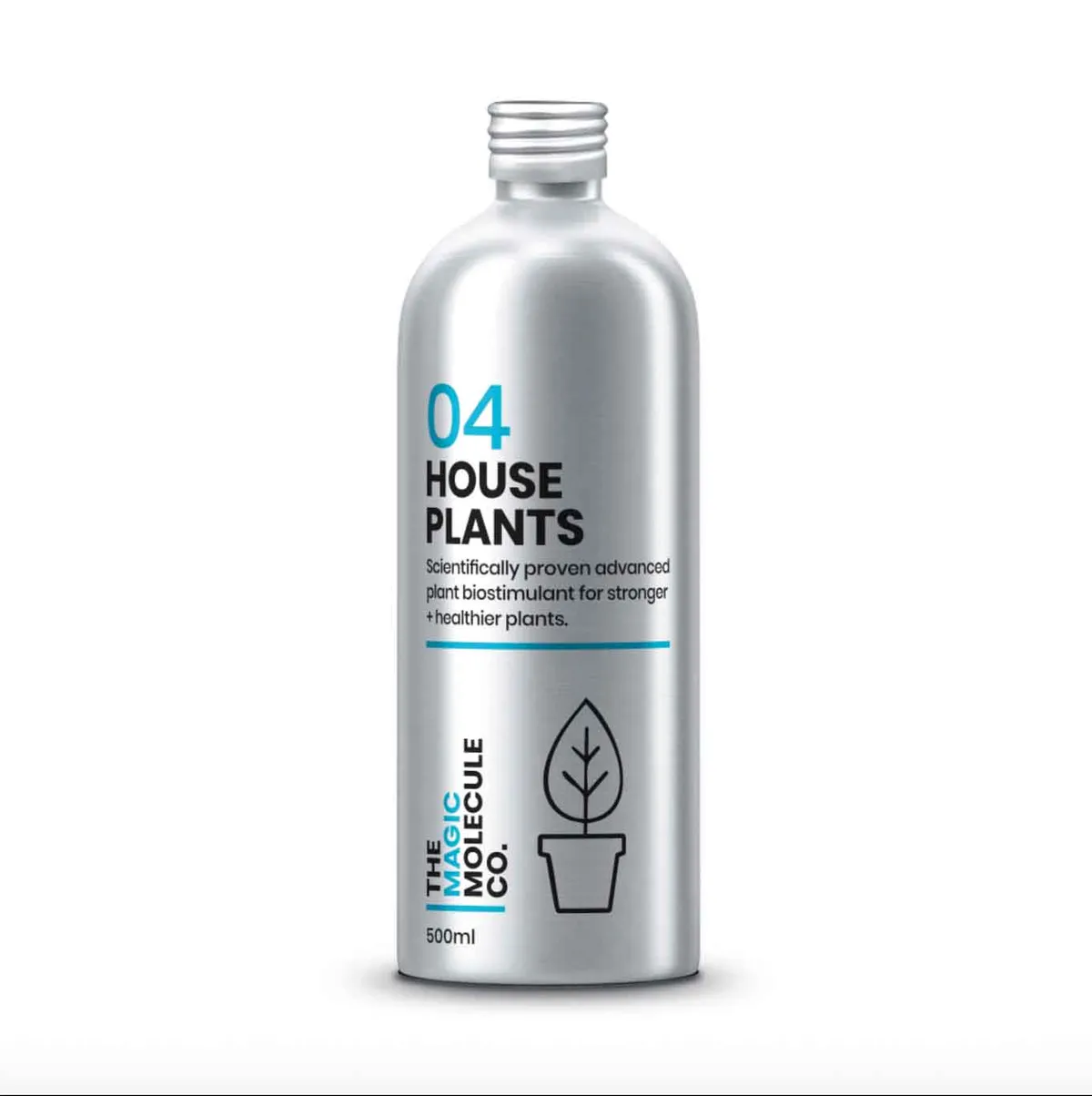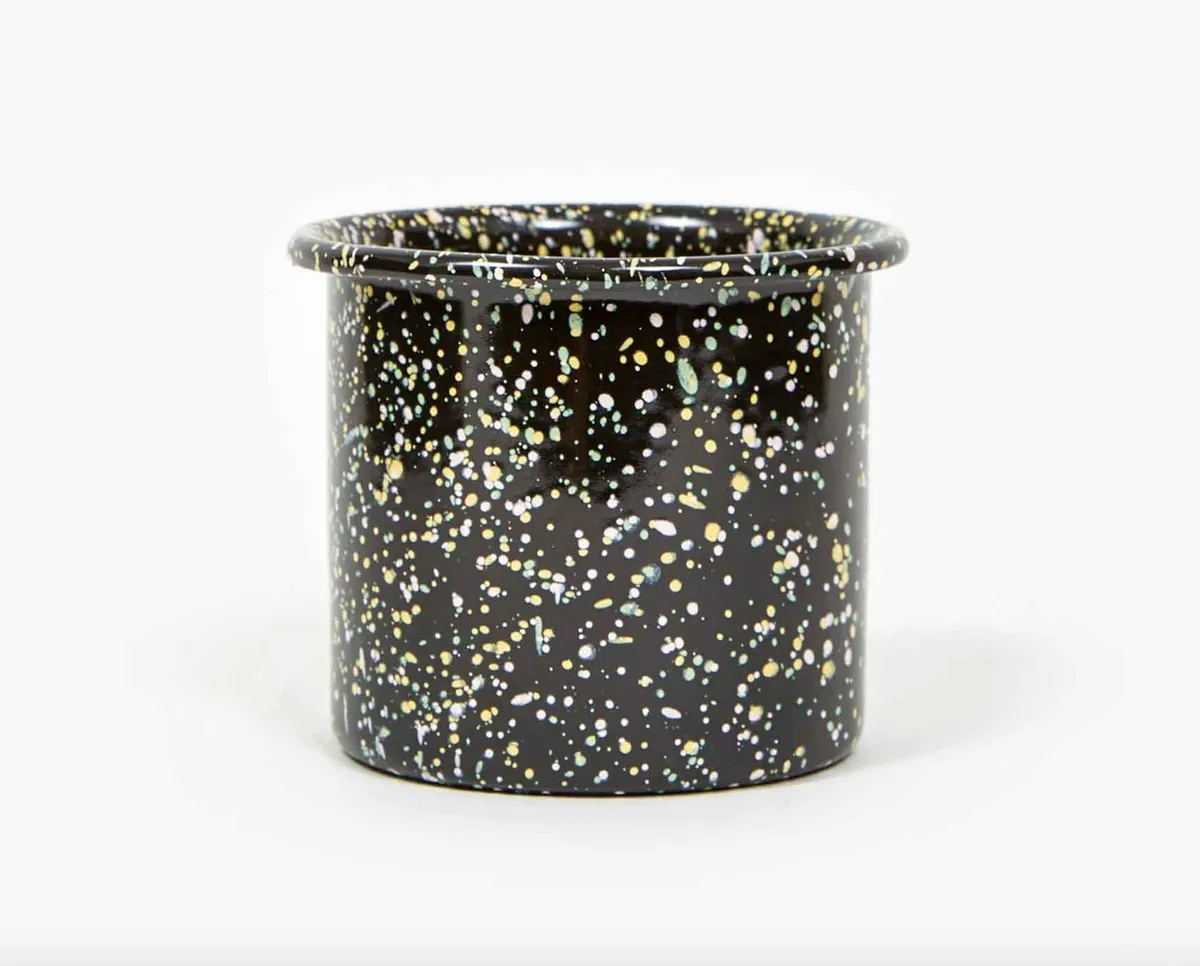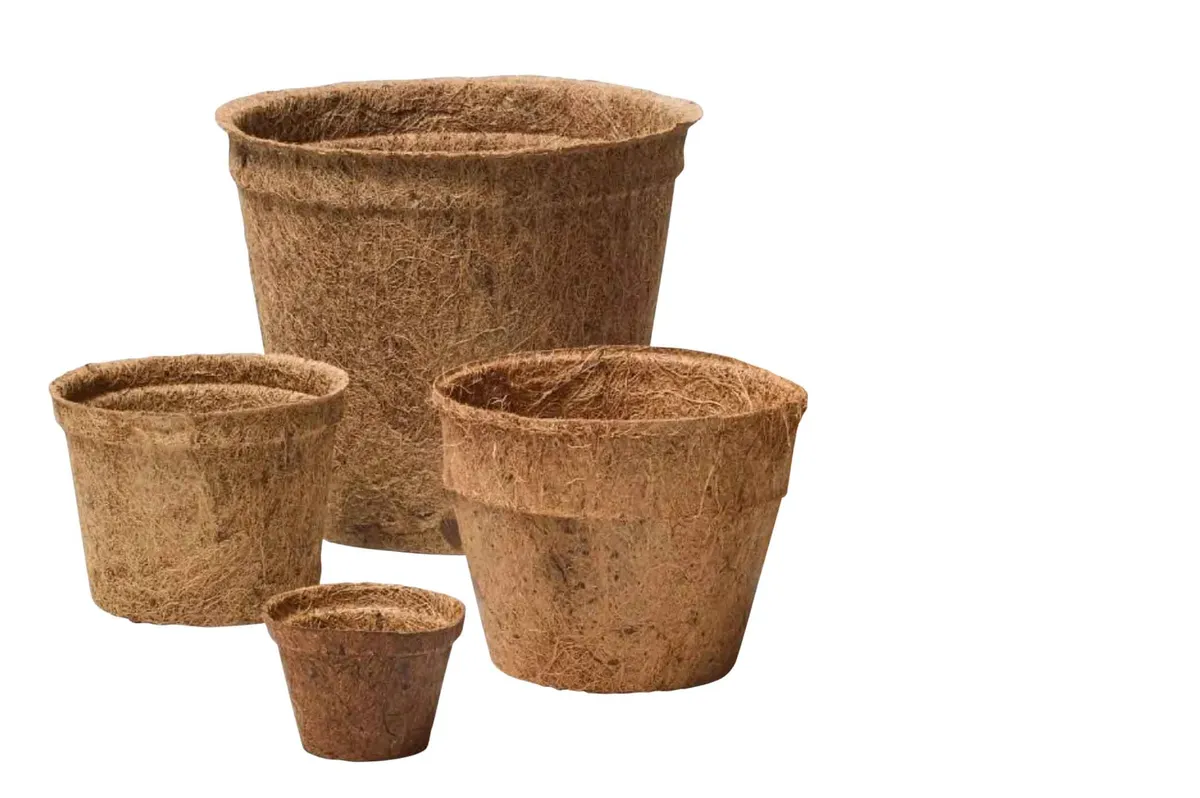Indoor gardening is a great way to utilise the wonders of plants without the need for a traditional garden - with the right placement, tools and enthusiasm, you can create a magical green getaway within your own four walls.
Here we show you five effective ways of bringing greenery into your interior, so you can surround yourself with the benefits of nature every day, come rain or shine outdoors!
More garden ideas

Indoor garden ideas
Make a statement with houseplants

One of the simplest ways of becoming an indoor gardener is to stock up on luscious houseplants! To create an interesting, textural display, choose a mixture of sizes and breeds of plant and position them at various levels for a rich, enveloping feel.
Houseplants not only add impact to a room stylistically, they also have the benefit of purifying the air and boosting oxygen levels - great if you live in a city where pollution levels are high. Tending to houseplants can lift your mood and positioning plants near to your desk can even boost productivity!
Practically speaking, houseplants thrive best in bright, indirect light and prefer to be kept away from cold and hot draughts. Each plant will have specific watering needs so be sure to keep a note of the name of your plant when you buy it so you can refer online for care tips.

You may want to have one specific area for your indoor garden, or you might prefer to spread your plants throughout your home. Whichever you choose, showing your plants off to their best is a must.
Switch up the height levels by positioning some plants on the floor, others on raised planters and a selection on shelves or even hanging from the walls and ceiling. This will create an immersive feel and blend the boundary between outdoors and in.
Create zones in your home for different types of plant species. Window ledges are great for sun-loving succulents and cacti, while bathrooms are ideal for rainforest varieties, such as ferns and tropical species like the popular Monstera deliciosa (Swiss cheese plant). Knowing where each plant group is in your home will make watering and tending easier too, as you can tackle it one zone at a time.
Add a propagation station

If you’re concerned that creating a health-boosting botanical oasis in your home is going to be too expensive, don’t worry! You can tap into the positive effects of plants and save money by propagating any species that you might already have. By propagating your existing houseplants, you'll keep them thriving while also creating additional plants in the process.
Traditionally speaking, propagating took place in a potting shed outside, but luckily for us, there are now plenty of stylish, statement propagating stations that we can hang up and admire. Take the above example for instance, which uses test tubes to propagate plant stems with water.

For propagation success, you’ll need pruners, a small trowel, spare pots, a houseplant potting mix and a flat surface that you won’t mind getting a bit grubby with split soil.
There are three methods of propagating:
Cuttings involve removing a stem or leaf of a plant (try it on devil’s ivy); division means removing a section that has separate stems from the rest of the plant (prayer plants), and offsets – cutting off the small replicas that can grow as offshoots from the main plant (spider plants).
Once you’ve got your cutting, division or offshoot, plant it into a big enough pot for its size. Make sure that it’s well covered with the houseplant potting mix but leave enough room for the roots to grow down. Give it a very gentle sprinkle of water and place in a light room. You should see development within four weeks but be patient as some plant cuttings take longer.
Make a plant room divider

Why not double up your houseplants as a practical room divider? A standalone shelving unit or hanging rail make an effective base, then simply load up with your favourite potted plants!
This is a great hack if you want to create zones in an open-plan home, or you have a small space that needs more surface areas.
Wall planters

Using a wall planter frame is another easy way of adding impact with plants without worrying about floor space. Just make sure to affix to a strong, sturdy wall and position it on a wall with bright, indirect light.
Sun or shade?
Sarah Gerrard-Jones, author of The Plant Rescuer breaks down the two types of light for plants:
‘Direct light means there is nothing (other than the window glass) obstructing the light reaching your plant. Indirect light means that the sun’s rays aren’t hitting the plant. It can also mean partially filtered light, which is passing through something before it reaches your plant, like leaves on a tree outside or a semi-opaque window covering.’
Create a terrarium garden

If space is extra tight, or you just fancy something a little different, terrarium gardens are the way to go. These miniature gardens behind glass are microcosms of the real thing outdoors, and create a charming display for your interior.

Grow produce inside
If you think you need an outdoor space to grow vegetables, think again! A sunny windowsill is a great spot for harvesting herbs, while a handy indoor greenhouse can let you grow larger produce, such as lettuce, tomatoes, chillies, peppers, radishes and even carrots.

Growing your own produce provides you with instant, fresh flavour for your meals and cuts down on your grocery costs. Herbs including rosemary, thyme and basil will also emit a wonderful scent into your home.

To get started, choose an area with consistent light levels (a south-facing window is ideal), away from draughts. Pick pots with good drainage holes – terracotta is perfect because it’s porous and retains less moisture than your average plastic plant pot, it also looks lovely and is better for the environment.

Place your herb plant or vegetable seeds in an indoor potting mix, give it a delicate watering and let your baby veggies grow! To keep them happy, give them an occasional dose of liquid or granular fertiliser every other week or so. You can also pop some pebbles at the bottom of your pots to increase the drainage.

No space for large pots or a greenhouse? Try propagating vegetables from scraps! Using veg you already have in the fridge is a fun, space-saving and eco-friendly way to grow your own produce. Onions, lettuce, celery, and avocados are some good examples to try.
How often should you water houseplants?
Some plants love a daily mist while others like to soak up a good dose of water from the bottom of the pot. Search online to see what your plants need. Author Sarah Gerrard-Jones explains that the season will affect watering routines too;
‘In the summer, houseplants use more water than in winter. As a guide, I’d recommend reducing the frequency of watering by 50 per cent during the colder months.’

Simply pop your scraps in a jar or container with the bottom dipped in water and place in natural, direct light. To make things easier and neater, you can now buy clever germination discs that you can place on the top of glasses or jars, like the one pictured above.
Try an indoor greenhouse

With a savvy indoor greenhouse, you can grow everything from herbs to veggies. If you don't have much room, a sunny windowsill can do the trick too!
There are plenty of IKEA hacks around these days, and one of our faves is repurposing IKEA glass cabinets as greenhouses. Take a look at the video below to see how you can do it yourself.
Houseplant tools
All you need for indoor gardening success!
Like what you see? Make sure to check out our round-up of the best places to buy houseplants too!
